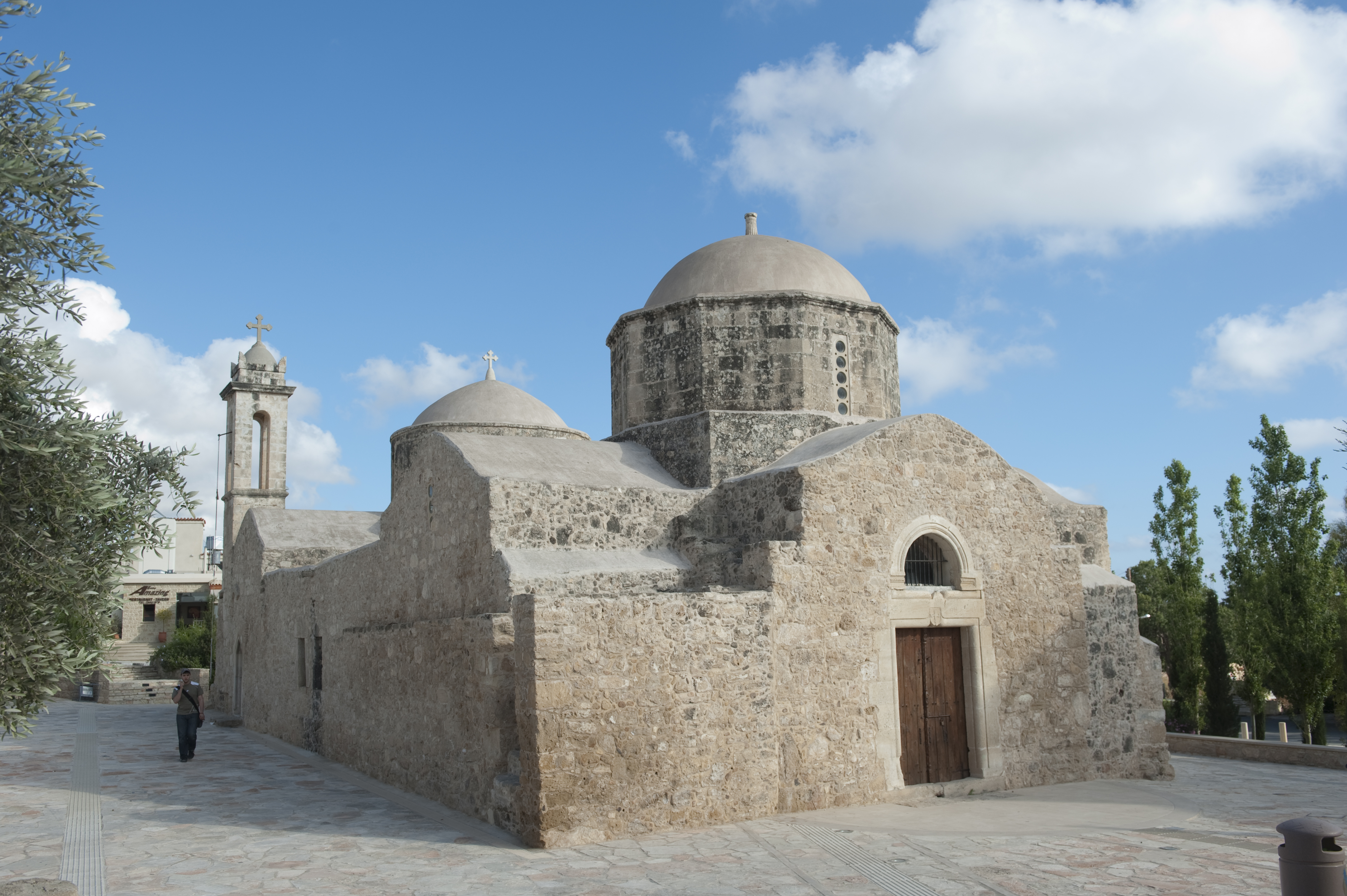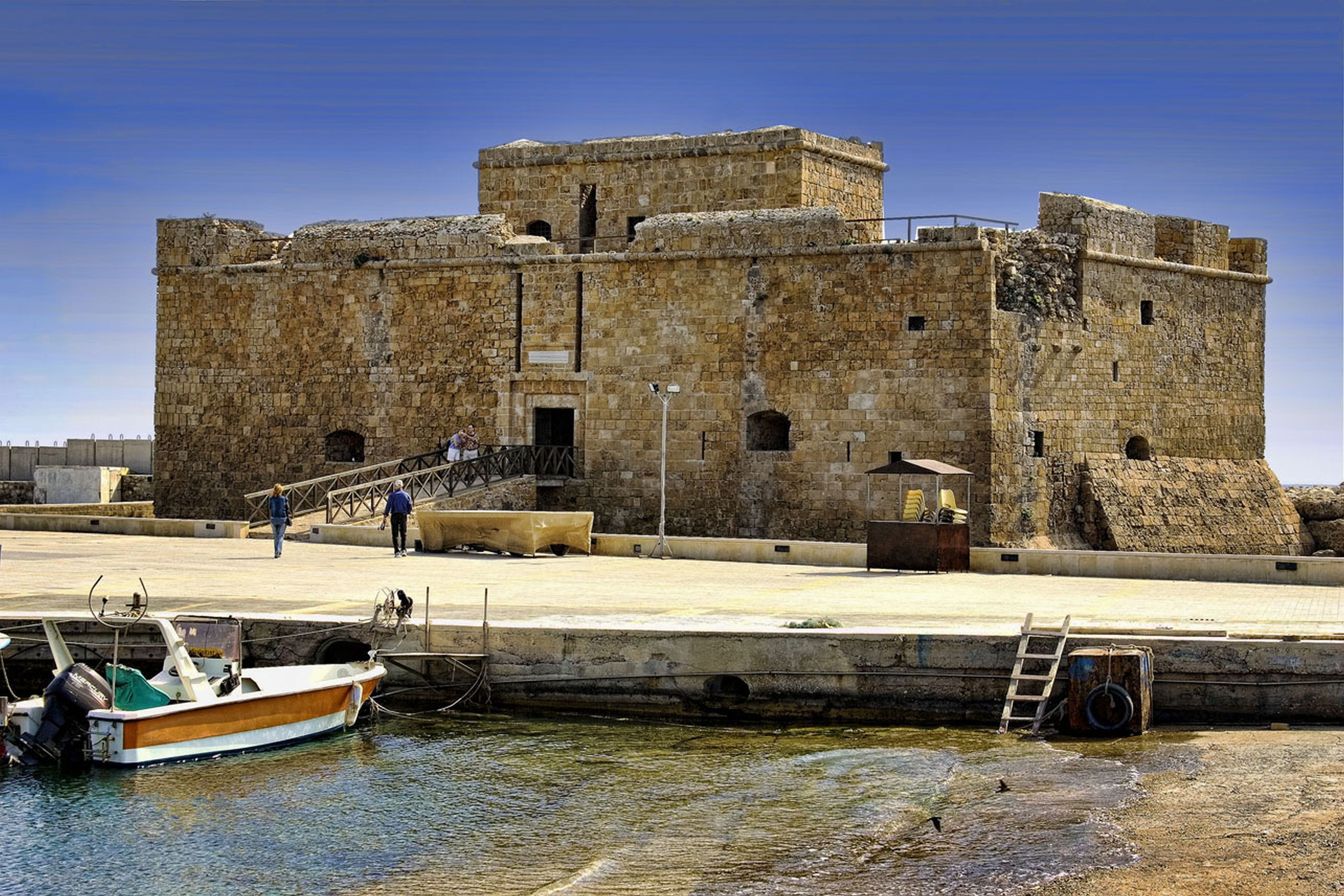Some eyebrows have been raised about Paphos receiving the coveted 2017 European Capital of Culture Award. Surely Paphos is about all-inclusive hotels, mass-market tourism and endless rows of villas and apartments aimed at overseas buyers?
Well that might be one side of Paphos – the modern side, and the side that is promoted by mass-market tourism, and by politicians who only look at the arrival figures rather than what those arriving are expecting to see.
However, there is another side of Cyprus and, in common with many other European destinations that for years have pursued volume tourism, the island has at last decided to begin to go back to its roots, to appreciate that which its visitors used to come to see in the first place, before sun and sea became the predominant reason for taking a holiday.
Paphos, European Capital of Culture 2017, is at the core of the historical roots of Cyprus. The history of Paphos goes back to Neolithic times. Aphrodite, the mythological goddess of love, was born in the sea off Paphos and was worshipped for centuries. It was the Myceneans in the 12th century BC who built the first temple in her name and, during Hellenistic and subsequently Roman periods, the city was an important centre. The village of Kouklia, 10 km from modern Kato Paphos – which is where the town of Paphos was first located – includes the remains of a Hellenistic temple to Aphrodite.
Under Greek rule, Paphos was an important and very wealthy town in the Mediterranean. The Romans attacked in 58 BC and further enhanced the wealth of the town, with temples, roads, fortifications, theatres and tombs. The Roman mosaics of Kato Paphos, dating from the 3rd century AD – discovered by a farmer ploughing his fields in 1962, and part of the large archaeological site covering the western part of the town – are amongst the most beautiful in the world. They are surrounded by acres of countryside and wide-ranging sea views and you are transported back in time to what the site would have been like millennia ago. The mosaics are amongst the finest, in terms of artistic skills – they resemble paintings, so minute are the pieces of stone from which they are created – that I have seen. One villa boasts 100 rooms, and much of the site is yet to be excavated. It’s a real treasure trove, and demands a full day at least to do it justice at a relaxed pace.
Saranta Kolones castle, also part of the site, was built around 1200 AD on the site of an earlier Byzantine fort. The castle keep, within huge external walls and towers, was destroyed by an earthquake in 1223, but there is still much to explore.
Paphos medieval castle, located at the edge of the modern Paphos harbour, was originally a Byzantine fort protecting the harbour and it, too, was destroyed by the earthquake but was rebuilt by the Lusignans (of French origin), subsequently taken down by the Venetians and finally rebuilt by the Ottomans. It is now the focus of many cultural events, and will enjoy a starring role in the Cultural Capital celebrations.
The Roman Odeion (amphitheatre), where musical performances were given, dates from the 2nd century AD and is surrounded by an Agora (market) which was most probably the centre point of the town. Again, these suffered extensive earthquake damage in the 7th century AD but the now-restored amphitheatre, with seating for up to 1,000 people, will be used extensively during the European Cultural Capital celebrations in 2017.
The whole archaeological area is, deservedly, designated a UNESCO World Heritage Site.
A little further to the west of modern Kato Paphos are the 3rd century BC Tombs of the Kings, though it is not thought that royalty was ever buried there. Hewn out of the rock, the chambers are very grand, with column-filled underground chambers. The tombs were extensively used in Hellenistic and Roman times but were looted before they were rediscovered in 1915.
St Paul and Christianity arrived in Paphos in 46 AD but, by that time, events had taken a turn for the worse with the collapse of the Roman Empire. Arab invaders sacked the city but then Byzantium stepped in, rescued Paphos and restored it to its former glory, controlling it for 700 years. Richard the Lionheart took control of Paphos during the third crusade, in 1191, but it then reverted to the Byzantines shortly afterwards. They ruled until 1489, to be followed by the Venetians until 1571, the Turks until 1878 and the British until 1960, when Cyprus became an independent republic.
2017 Events
Cyprus has much to offer the cultural visitor who enjoys good food and wine amongst other pleasures and, in 2017, the theme will be that Paphos is ‘An Open Air Factory’, based on a tradition spanning thousands of years when music, theatre, dance and culture generally were enacted in the open air.
To quote the Cultural Capital organisers: “The Open Air concept is not just about the openness of space; it is about tolerance, acceptance, encouragement and inclusion of different cultures, ideas and beliefs.
“The Open Air Factory will encompass the entire district, both spatially and socially, as well as events in other cities on Cyprus.”
They go on to say: “It highlights the need for bridging the differences between the Greek and Turkish Cypriot communities through various comprehensive projects and activities.”
Throughout 2017, Sunvil will be highlighting events taking place in Paphos, will promote short breaks to the town and will combine stays in Paphos with itineraries exploring the rest of this beautiful island, where Sunvil’s own history began. There is plenty to do and see, no matter what time of year you prefer to travel, and the Cypriot welcome will of course be as warm as ever it was. Go in February for the early signs of spring, with wild anemones starting to bloom, in March and April for spring flowers (including vivid yellow mimosa blossom) and blue skies, in May and June for warm weather – and perhaps to see turtles nesting on sandy beaches – and in peak season (if you must!) for temperatures hitting the late 30s and early 40s…
September and October are amongst my personal favourite months, with the sea warm after the summer and the daytime a delight. November continues to be warm, and the olive harvests start – another enjoyable cultural aspect of island life, in which visitors can participate. December and January can be bright and cold – but it’s generally much more clement than in the UK, and blue skies are still to be found.
There’s always a good reason to visit Cyprus, no matter what the time of year, and the Paphos Capital of Culture 2017 Award simply adds to those good reasons.
Noel Josephides



